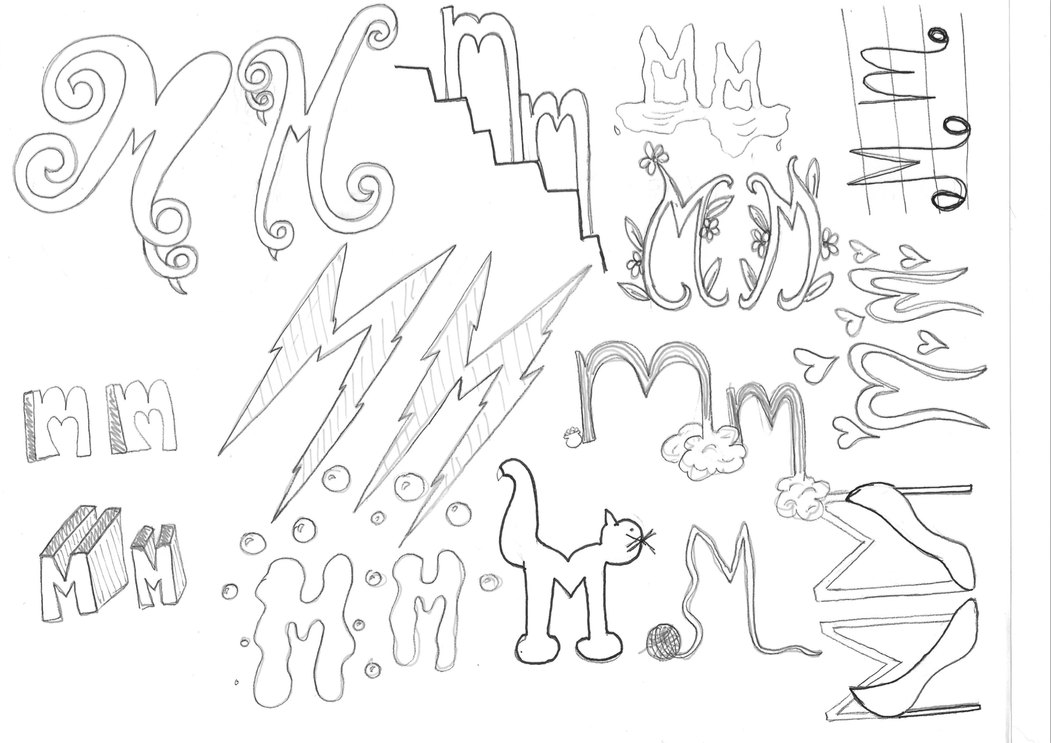Extra Credit
Assignment: A.M Cassandre and the YSL Fashion Logo Design
Maggie Merkin
ARTH 230-01
T. Long
Ukrainian-
French graphic designer and artist A.M Cassandre was born in January 1901, to
French parents in Kharkiv, Ukraine. His graphic design career took off during
his 20’s, after studying art in France at the Ecole des Beaux Arts and at the
Academie Julian. While studying art, Cassandre supported himself by designing
posters for a Parisian printing house (and is best known for his posters that
advertise travel and leisure). There, Cassandre revolutionized poster
design as a whole (as well as advertising) using bold, simple designs that emphasized
two-dimensionality, simplified planes of color, and the use of iconographic
symbols and geometric forms. The Cubism and Surrealist movements heavily
influenced him and ultimately informed his work in poster design, advertising,
typography, and cover design (for magazines such as Harper’s Bazaar), and his
work became incredibly popular in Europe and the U.S. during the 1930’s. His
artistic style helped him to land the design commission for one of France’s
major fashion design powerhouses, Yves Saint Laurent. Founded in 1961 by
designer Yves Saint Laurent and his partner Pierre Berge, this French
powerhouse is known for its modern and iconic pieces, including men’s and
women’s ready-to-wear products, leather goods, shoes, and accessories. Cassandre
designed the iconic “Y.S.L” logo for the brand in 1963 while he (among others)
was at the forefront of graphic design. Like his famous typefaces Bifur (1929) and Peignot (1937), this logo was both bold and simple, and was
usually represented in striking black or gold color. The gold or black typeface
color represents the elegance and sophistication of the brand, while the white
background represents the purity and charm of it. The logo makes use of
Saint-Laurent’s three initials (Y.S.L.) in a vertical arrangement, and was
central to the brand for at least four decades. Today, the logo has become even
more simplified, with “Yves” being cut out from the design, leaving “Saint
Laurent” and the word “Paris” underneath it, in a bold, black typeface. Thus, “Saint
Laurent Paris” is the new title for the brand’s logo, while “Yves Saint Laurent”
is the name of the fashion powerhouse, and “Saint Laurent” is the name of the
brand’s ready-to-wear collection. This new logo design received a lukewarm
response, though, as it was criticized for being too generic and unimaginative.
However, the original Cassandre “Y.S.L” logo hasn’t been completely abandoned
by the brand, and still remains one of the more iconic fashion design logos
today.






















